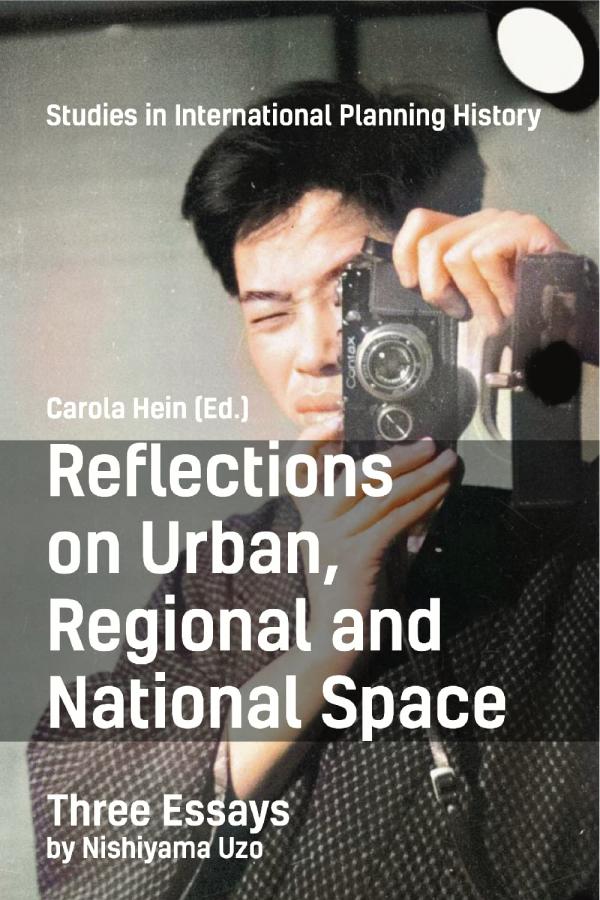An Essay of the National Structure
Synopsis
This chapter is a tentative proposal for urban configuration in Japan, and adopts a position critical of the “urban sprawl theory” widely promoted during and immediately after World War II. Following on from the previous chapter, this essay, although slightly abridged, brings together the theme of “gradated construction of state and city.”
Large cities facing overpopulation and high-density industry are condemned for various reasons; conceivably, small residential zones could be dispersed throughout the countryside if physically urban enlargement merely involved a merging of the manmade environment; however, this is impossible in Japan due to limitations regarding land and population. With this in mind, I critique the theory of urban structure Ishikawa Hideaki developed in works including the wartime “Constructing the City for the Empire” [Ko-koku toshi no kensetsu];
I focus on medium-sized cities of between 100,000 and 200,000 people with residential and urban structure units of fixed populations, where work and home are intimately connected and support a cultural life, and I propose this as the fundamental unit for the national structure. Accordingly, rural areas are composed of carefully positioned medium-sized cities that residents of the entire region routinely use as cultural and economic centers; meanwhile very large urban city complexes serve as regional and national hubs, and are created by locating together medium-sized specialized-function cities or a group of such cities in a coordinated organization that rationally allocates functions. In each case, these urban units are separated by rural zones or at the very least by green belts, and this prevents the formation of sprawling megacities. Even if not everyone knows each other, a completely stable regional community of at most 200,000 is created. This evaluates from a certain critical perspective theories proposed by Ishikawa to develop Japan that ignore urban lives and press ahead with urbanization and the devastation of the regions—theories that call for gradated formation of urban areas to bring together daily, weekly, monthly, seasonal and annual rhythms of life, by investigating first of all the “bustling city center” and then emphasizing functionality revolving around business, economics and culture; it could be said that [my] tentative proposal builds on this, yet adds revisions to accommodate Japanese conditions which demand a more concentrated national structure. This proposal in principle has been devised based on conditions that meet the rhythm of daily living, or of that over slightly longer periods, in economic and cultural centers that can support a certain population size; but the slightly less important conditions for urban formation—industry location and transport structure—are generally left somewhat abstract. Not that these conditions are ignored.
Rather, the fact is that to counter overconcentration, ever more urban sprawl, chaos, and congestion in a growing city when these conditions are left to develop unchecked, stress has been placed on trying to meet the condition of restoring prosperity to people’s lives when striving for [urban] reconstruction. Moreover, this tentative proposal is a broad attempt to sketch out the parameters for the all-important large cities in regional areas throughout the long and narrow Japanese archipelago, based on the model that was studied.






